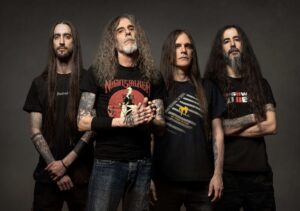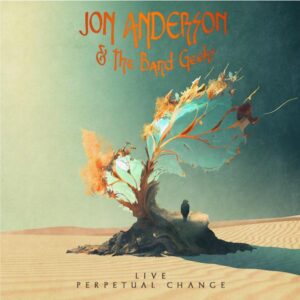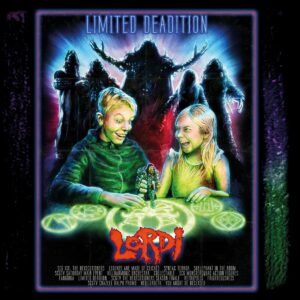Tompall Glaser, Country Artist in Outlaw Movement, Dies at 79

Tompall Glaser, a key figure in country music’s outlaw movement of the 1970s, died on Tuesday on his way to a hospital in Nashville. He was 79. His death was confirmed by his nephew Louis Glaser, who did not specify the cause.
Mr. Glaser was one of four Nashville performers, along with Willie Nelson, Waylon Jennings and Jessi Colter, featured on the 1976 compilation “Wanted! The Outlaws,” the first album in the history of country music to be certified platinum for sales of one million copies.
The album, which all but single-handedly introduced Nashville’s expression of the freewheeling outlaw spirit to the popular mainstream, included Mr. Glaser’s husky-voiced version of Shel Silverstein’s “Put Another Log on the Fire (Male Chauvinist National Anthem).”
Mr. Glaser and his younger brothers, Jim and Chuck, had earlier opened Glaser Sound Studios, an artists’ haven off Nashville’s Music Row commonly referred to as Hillbilly Central. Renowned for allowing musicians free rein in the studio — and not producers, as was then the custom in Nashville — Hillbilly Central produced outlaw touchstones like Jennings’s 1975 classic “Dreaming My Dreams” and Kinky Friedman’s 1973 debut album, “Sold American.” Kris Kristofferson, Billy Joe Shaver and Bobby Bare, for whom Mr. Glaser and Harlan Howard wrote “The Streets of Baltimore,” a No. 1 country hit in 1966, made landmark recordings there as well.
Mr. Glaser and his brothers also established their own publishing company, advocating for songwriters to retain ownership and control of their material. Among their earliest signings was John Hartford, the singer and banjo player whose original composition “Gentle on My Mind” won Grammy Awards for both him and Glen Campbell in 1968.
“Tompall was way ahead of the game in terms of artist rights and taking control of the creative process and encouraging people to do what was in their heart and soul,” the Grammy-winning Nashville producer Kyle Lehning said in the 2012 documentary “The Story of the Glaser Brothers: From Nebraska Ranchers to Nashville Rebels.”
Thomas Paul Glaser was born on Sept. 3, 1933, in Spalding, Neb., and spent his childhood on a 1,200-acre farm northeast of there. He and his brothers performed widely in the eastern half of the state and later hosted a local radio show before appearing on Arthur Godfrey’s network television show in 1957 and attracting the attention of the country singer Marty Robbins, who hired them to sing harmony in his road band.
Two years later Mr. Glaser and his brothers moved to Nashville, where they toured with Johnny Cash and sang harmony on his 1963 hit “Ring of Fire” and on Robbins’s 1959 No. 1 single “El Paso.” Usually billed as Tompall and the Glaser Brothers, the trio recorded as a folk act for Decca before they moved to MGM, for which they had 12 Top 40 country hits. Named vocal group of the year by the Country Music Association in 1970, Mr. Glaser and his brothers had their first Top 10 country single the next year with “Rings.”
The group disbanded in 1973, after which Mr. Glaser released a series of solo albums that incorporated a mix of western swing, rockabilly and New Orleans rhythm and blues that he called “discobilly.”
Mr. Glaser and his brothers briefly reunited in the late 1970s and achieved their greatest commercial success with a version of Mr. Kristofferson’s “Lovin’ Her Was Easier (Than Anything I’ll Ever Do Again),” a No. 2 country hit in 1981.
Mr. Glaser’s young brothers survive him, as do his wife of 36 years, June; a sister, Eleanor; and an older brother, John.
Mr. Glaser might not have achieved popularity akin to that of the other performers who appeared with him on “Wanted!,” but his work regularly garnered critical acclaim. In his book “The Best of Country Music,” John Morthland argued that Mr. Glaser’s 1973 solo album “Charlie” could be considered the “first bona fide outlaw album” and that “the title song should have become a standard.”
Source: New York Times


